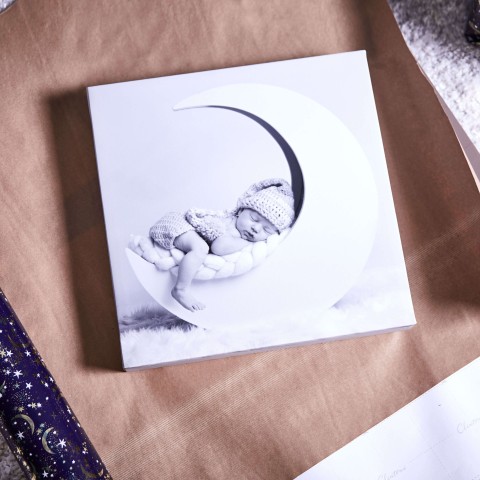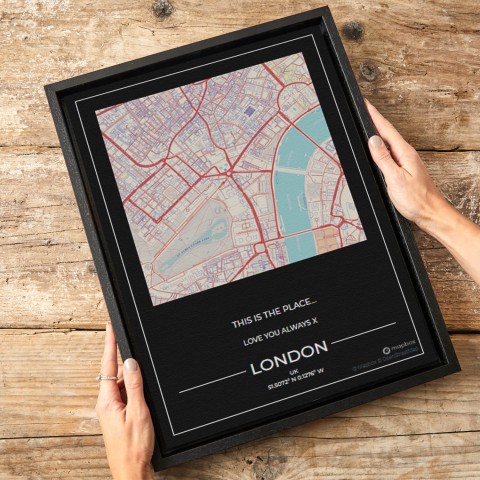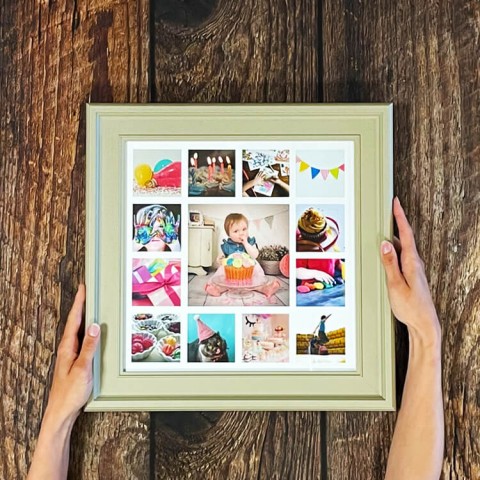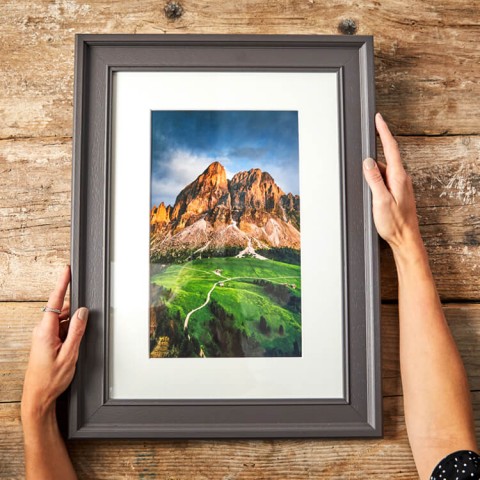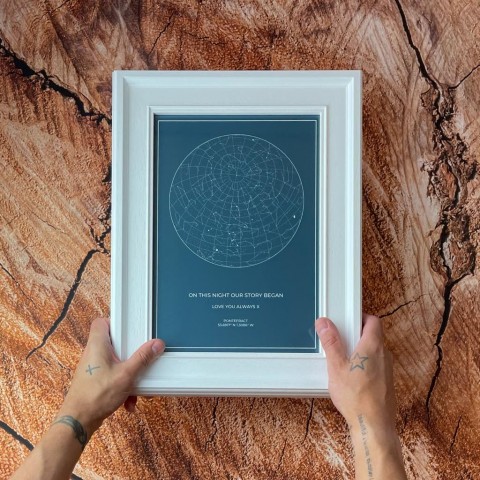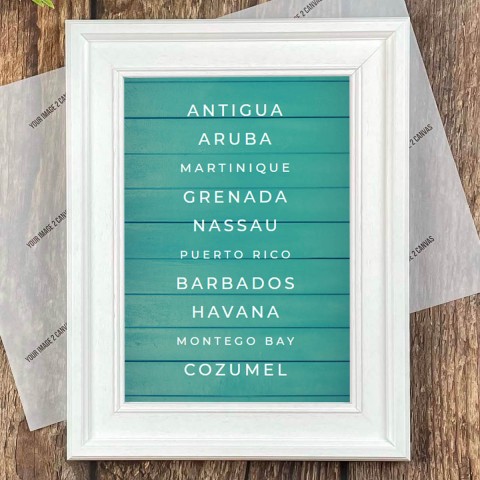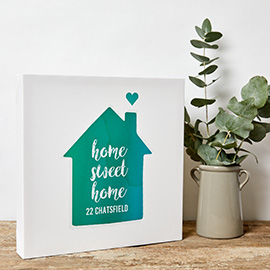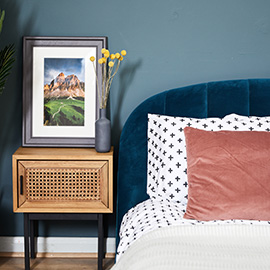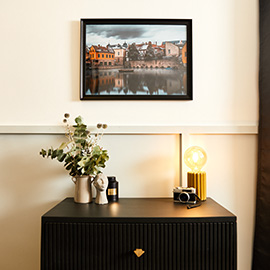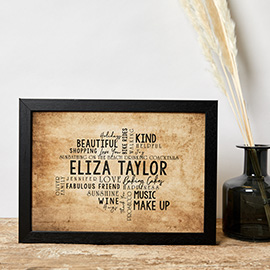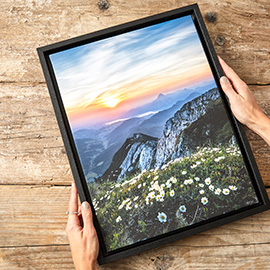Colour Psychology For Interior Design
A good interior designer will have many tools in their toolbox to create the magical space you’re dreaming of, and one of those is a good understanding of colour psychology.
Knowing how colour affects mood gives them (and you) the opportunity to enhance the atmosphere of your rooms so that your interior design projects have a greater chance of success.
The power of colour
In the simplest terms, most of us recognise that colour has a great influence on the feel of a living space: for example, a bright, white room will feel airy and light, whereas a room with black walls is always going to feel quite oppressive.
Our rundown of the way various colours affect mood will help you to make considered choices when you next take on a decorating project:
Blue – often considered a cold colour, blue is also associated with the oceans and the sky, so it instils a sense of peace and tranquillity, making it ideal for nurseries and kid’s bedrooms. Traditionally, its association with water means that we find it in bathrooms, but use slightly warmer tones if you want to create some serenity and warmth.
Red – this powerful, bold and passionate colour is best used relatively sparingly or it can overpower a space. It’s great for a dining area because it stimulates appetite, or in lighter shades in a living space because it adds warmth. We recommend using it on a feature wall or in your soft furnishings like cushions and curtains.
Orange and yellow – these bright and vibrant colours fill us with optimism and thoughts of the beach and sunshine, but they’re also quite intense and overdone may have a negative effect on your brain – think yellow danger signs! Like red, they’re best used in small doses to accent a more neutral colour or add a sense of fun to the room. Both work great in small doses in a kitchen, for example, because orange stimulates appetite in the same way that red does.
Green – the colour of nature, green calms and soothes and is ideal for a bedroom or living space because it taps into our deepest connection with the natural world. Try to avoid overdoing it with strong, dark shades, instead choosing lighter more subtle tones as your major colour, and then throwing in some deeper, richer pieces to tie everything together. Done well, a green-based room will feel welcoming and instantly relaxing.
Brown – the colour of earth was once the go-to for almost every house, but it’s seen much more rarely these days. We don’t have to return to the 70s to enjoy a splash of this grounding colour, though – used in conjunction with a bright, warm colour like orange its wholesomeness is welcoming and soothing.
Purple – this deep, rich colour can add a touch of luxury to a room, if it’s used carefully, but overdo it and you’re in danger of creating a gothic horror! All dark colours tend to shrink a room and make it feel a little oppressive, and purple is often associated with doom and gloom, so go easy and, if unsure, use lighter shades.
The overall take-home from our guide to colour psychology is that you can use any colour if you’re careful not to overdo it, so don’t be afraid to experiment and add a splash of interest to your next interior design project – you can also learn more about colour psychology here.
Tags create canvas


